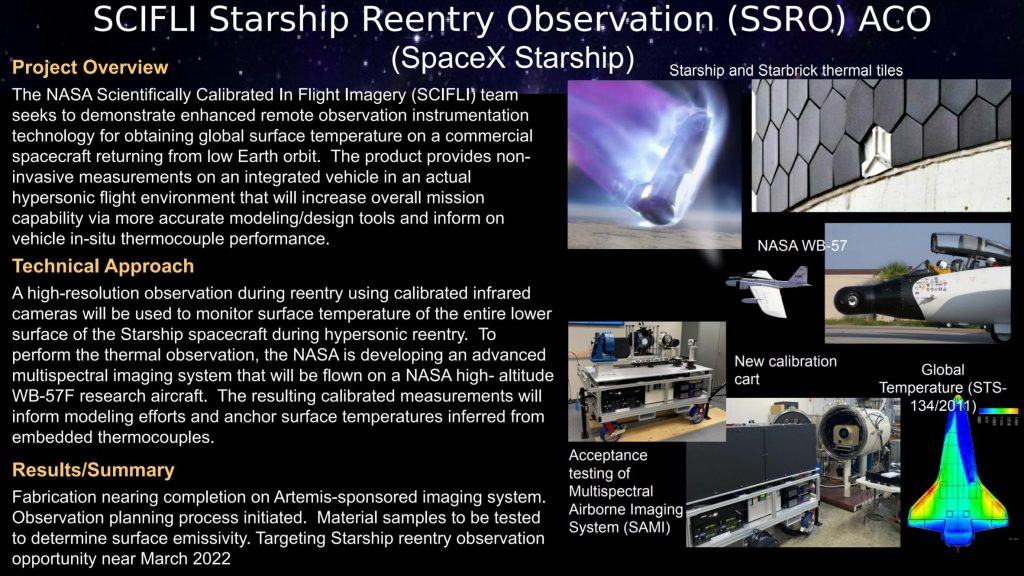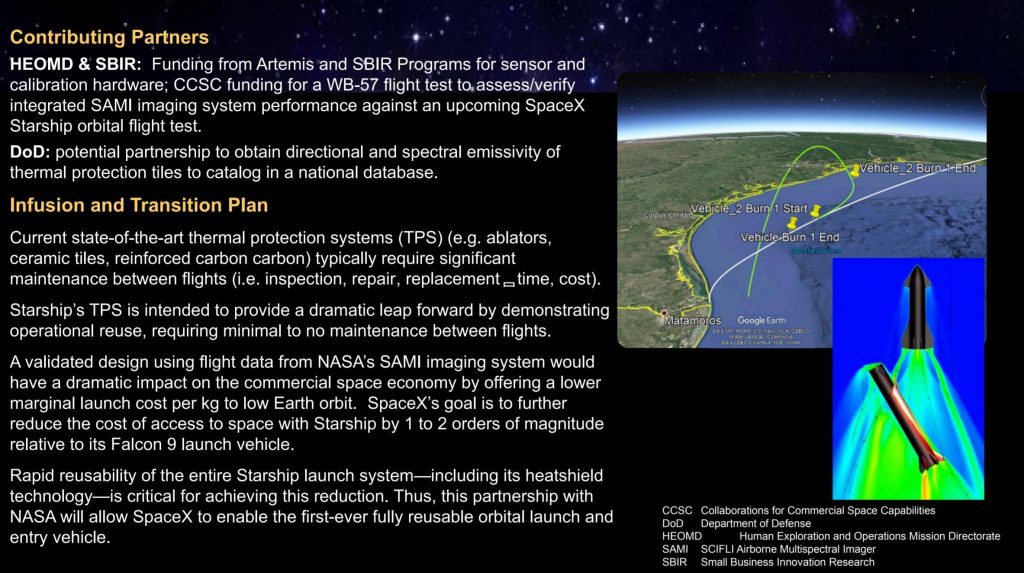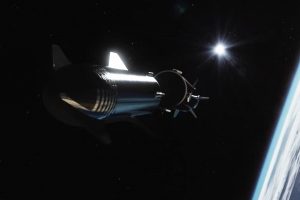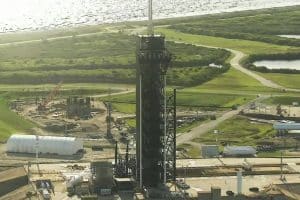A NASA document discussing a group’s plans to document SpaceX’s first orbital-velocity Starship reentry appears to suggest that the next-generation rocket’s orbital launch debut has slipped several months into 2022.
In March 2021, CEO Elon Musk confirmed a report that SpaceX was working towards a target of July 2021 for Starship’s first orbital launch attempt. At the time, it seemed undeniably ambitious but far from impossible. Less than half a year prior, SpaceX had kicked off a series of suborbital Starship test flights to altitudes of 10-12.5 km (6.2-8 mi). Beginning in December 2020, SN8 – effectively the first structurally complete Starship prototype – nearly stuck a landing on its first try, only narrowly falling short due to an engine and pressurization issue.
Less than two months later, SpaceX completed and launched Starship SN9 – again with a nearly flawless six-minute flight capped off with an unsuccessful landing attempt. Starship SN10 followed less than a month later and became the first prototype to land in one piece – albeit only for a few minutes. It was two weeks after that near-success – SpaceX’s third launch in as many months – that Musk revealed a goal of July 2021 for Starship’s first orbital launch. At that point in time, it appeared all but inevitable that SpaceX would be technically ready for an orbital launch before the end of the year.
Most likely Starship to orbit date, late March 2022. from SpaceXLounge
Two weeks after Musk’s comments and less than four weeks after SN10’s near-miss, Starship SN11 gave one of the worst performances yet, invisibly exploding inside a fogbank well above the ground. However, further stoking the fires of optimism, Starship SN15 debuted a number of upgrades and became the first prototype to successfully launch, land, and survive a ~10km test flight in early May. Put simply, SpaceX built five Starship prototypes practically from scratch in roughly eight months and then completed five test flights in less than five months – all of which were largely successful.
SpaceX considered reusing Starship SN15 or launching SN16 to gain more landing experience but ultimately decided to mothball the prototypes to avoid disrupting orbital launch site construction. Just three months after SN15’s successful landing, SpaceX rolled the first orbital-class Starship and Super Heavy to the orbital launch site and briefly stacked the pair (Ship 20 and Booster 4) to their full height, forming the tallest rocket ever assembled. Although largely a photo opportunity, SpaceX still installed a full 29 Raptors on Super Heavy B4 and six Raptors on Starship S20, further raising confidence that the company’s engine production was already up to the task of supplying the nearly three-dozen needed for a single orbital test flight.
However, for reasons that are less than clear, that August 6th full-stack milestone is about where SpaceX’s H1 2021 momentum appeared to run into a brick wall. Perhaps due to a desire to focus on orbital launch site construction even at the cost of avoiding road closures or testing that would require a clear pad, Starship S20 sat on a stand for the better part of two months before completing even a minor test – by far the longest any Starship prototype has waited.


Seemingly in the midst of its third round of Raptor engine removal, Super Heavy B4 has yet to attempt a single test and it’s unclear how close to ready the orbital pad is to support booster proof and static fire tests. Neither ship nor booster has attempted to static fire its Raptor engines, though S20 could potentially be ready for its first test as early as Monday, October 18th.
Combined with recent developments in the FAA’s Boca Chica environmental review process, the odds of SpaceX attempting the first orbital Starship launch by the end of 2021 have rapidly dropped from decent to near-zero. From a technical perspective, it seems likely that SpaceX could still be ready for an orbital launch attempt just a few months from now. From a regulatory perspective, though, it would be practically unprecedented for the FAA to complete a favorable environmental review and approve even a one-off orbital Starship launch license in ~10 weeks. Even the apparent March 2022 target revealed in a NASA poster focused on the agency’s plans to film an orbital Starship reentry via high-altitude jet assumes that the FAA’s review and licensing process will take ~7 months from August 2021 – still extremely optimistic.
Ultimately, after two months with next to no prototype testing, it’s beginning to look like SpaceX has decided to focus on finishing Starbase’s first orbital launch site, refining vehicle designs, and building new prototypes (B5, S21, S22) rather than pushing hard for rapid B4/S20 testing and an imminent launch attempt. As a result, it’s becoming increasingly unlikely that Booster 4 and Ship 20 will fly as new and improved prototypes like Super Heavy B5 and Starship S21 prepare to overtake them.





